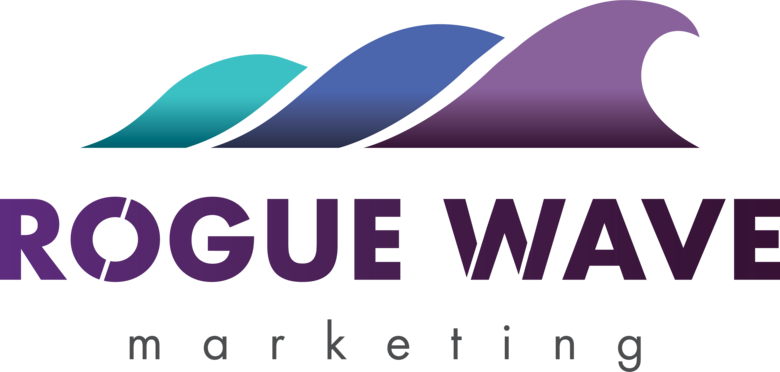
Colors hold a remarkable power to evoke emotions, influence decisions, and shape perceptions. In the realm of marketing and design, understanding the psychology of color can be a game-changer. From sparking desire to fostering trust, the strategic use of color can have a profound impact on consumer behavior and brand perception.
The Subtle Language of Color
Colors communicate on a subconscious level, often conveying messages and emotions that words alone cannot. Red can symbolize excitement and urgency, while blue may evoke feelings of calmness and trust. Yellow exudes positivity and energy, while green signifies growth and nature. Each hue has its own language, which savvy marketers and designers can harness to create powerful connections with their audience.
Creating Brand Identity
Color plays a pivotal role in building brand identity. Think about iconic brands like Coca-Cola’s red or Starbucks’ green. These companies have strategically chosen colors that align with their values and resonate with their target audience. The consistency of color across branding materials, websites, and advertisements fosters recognition and helps create a lasting impression.
Influencing Purchasing Decisions
The psychology of color extends to the purchasing process. Specific colors can evoke certain emotions that influence consumer decisions. For instance, the color red is often associated with urgency and can prompt impulsive buying. On the other hand, blue is linked to trust, making it a popular choice for financial institutions and healthcare brands.
Cultural and Contextual Considerations
It’s essential to consider cultural associations when using color in a global context. Colors can hold different meanings in various cultures. For example, white signifies purity in Western cultures but represents mourning in some Asian cultures. Being aware of these nuances is crucial to prevent unintended misunderstandings.
Color Psychology in Web Design
When it comes to web design, color choices can greatly impact user experience. A harmonious color scheme can make a website feel inviting and professional, while a jarring combination can discourage visitors from staying. Additionally, contrasting colors can guide users’ attention to important elements like call-to-action buttons.
Tips for Harnessing Color Psychology
- Know Your Audience: Understand your target audience’s preferences and emotions associated with specific colors.
- Consistency is Key: Maintain consistent color usage across all touchpoints to reinforce brand identity.
- Test and Adapt: Conduct A/B tests to determine which color variations resonate better with your audience.
- Consider Contrast: Ensure sufficient contrast between text and background colors for readability.
- Stay Authentic: Choose colors that align with your brand’s personality and values.
- Experiment with Color Combinations: Play with color harmonies and combinations to create visually appealing designs.
Color psychology is a fascinating and powerful tool in the marketer’s arsenal. By understanding the emotional impact of colors, you can craft marketing campaigns, design materials, and websites that resonate with your audience and drive desired actions. Whether you’re sparking excitement, building trust, or encouraging purchases, the psychology of color is a fundamental aspect of effective marketing and design.





